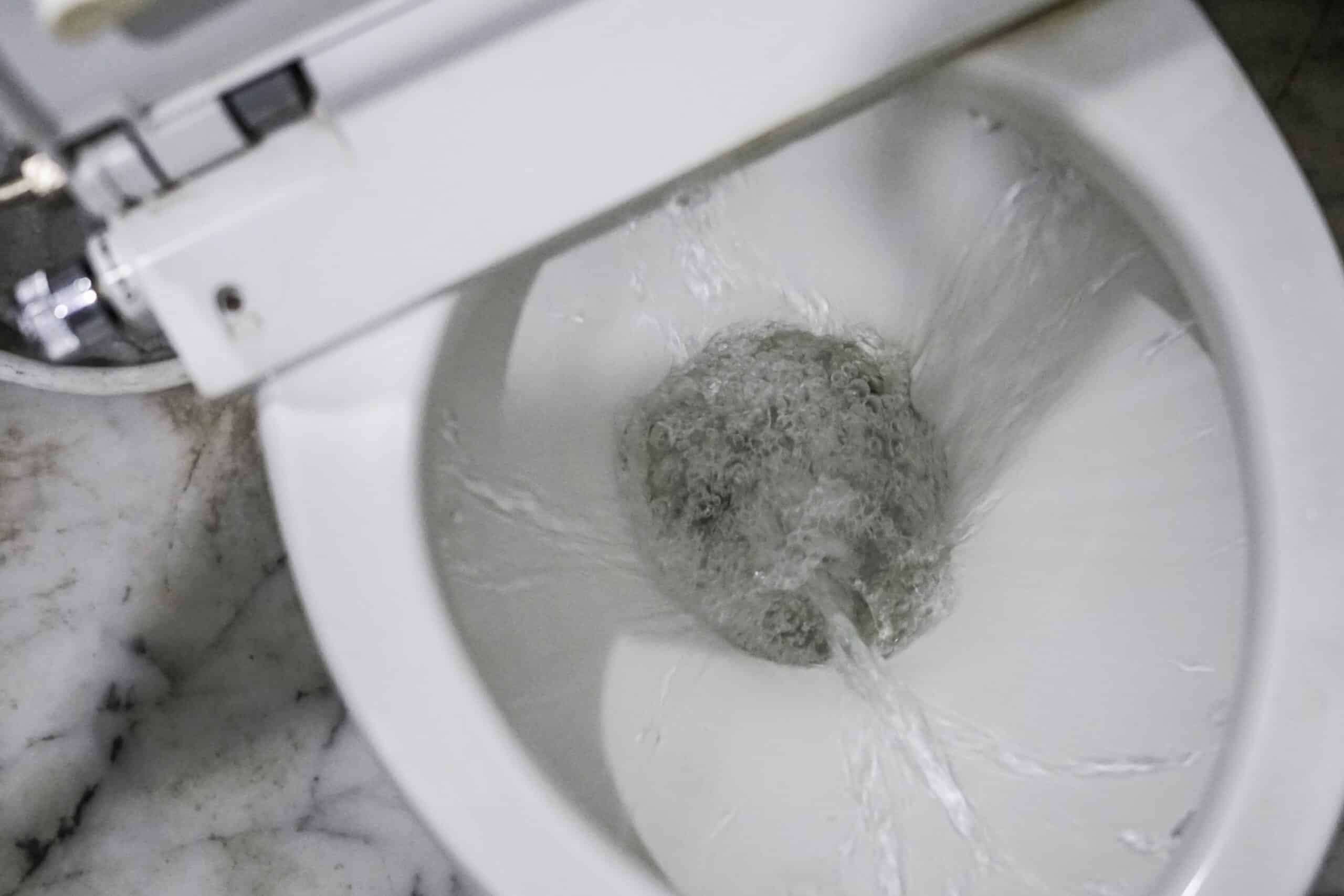
A running toilet can be an ongoing annoyance that disrupts the tranquility of your home. The sound of constantly flowing water can be irritating and wasteful, impacting your daily routine and increasing your water bills. When faced with a perpetually running toilet, it is essential to identify the underlying issue and implement the necessary remedies.
At Apex Plumbing, Heating, and Air Pros, we want to help you understand the common reasons behind this problem. By taking appropriate action, we can restore peace to your bathroom and ensure efficient water usage. Here are some common reasons why your toilet won’t stop running.
1. Flapper Valve
The flapper valve is a crucial component located at the bottom of the toilet tank. It is a rubber or plastic seal that covers the flush valve opening. The flapper valve lifts during a flush, allowing water to flow rapidly from the tank into the toilet bowl, initiating the flushing process. Once the tank is empty, the valve drops back into place. This creates a seal to prevent water from continuously flowing into the bowl.
If the flapper valve is worn, misaligned, or damaged, it may not create a proper seal. Water leaks around the seal, so the water inflow into the tank will continue. Some toilets have flapper guides. If these are damaged, the flapper may not settle correctly.
2. Float Ball or Float Cup
The float ball, also called a float cup, is located near the top of the tank. It regulates the water level. It is typically made of plastic or metal and is connected to the fill valve. When the toilet is flushed, the water level in the tank drops. This causes the float ball to also drop, triggering the water inflow. As the water refills, the float ball rises.
When the desired water level is reached, the water should shut off. If the float ball is damaged, misaligned, or improperly adjusted, it may fail to signal the fill valve to shut off. This results in excessive water flow and a running toilet. Luckily, toilet tanks have an overflow tube so water doesn’t spill over onto your bathroom floor.
3. Flapper Valve Chain and Guides
The flapper valve chain is a small chain that connects the flush handle to the flapper valve. When the flush handle is pressed, the chain should lift the flapper, allowing the tank to empty into the bowl. Once the tank is emptied, the flapper should fall back in place, stopping the water flow. If the flapper chain is too tight, tangled, or improperly connected, it can prevent the flapper from closing. This results in water continuously running into the bowl.
4. Mineral Buildup
An accumulation of minerals in a toilet’s tank and internal components can cause an incessantly running toilet. This is a common issue in areas with hard water, like Ohio. Minerals in the water can accumulate and form a crust or scale on surfaces. This includes the flush valve, flapper valve, and other components. This mineral buildup can interfere with the proper functioning of these parts, preventing them from sealing tightly and causing water to leak or flow continuously.
Even though some cities add a water softener, it may not be enough to prevent problems. Consider getting a water softener if you notice excessive mineral buildup on your fixtures.
5. Water Level Adjustment
The proper water level in a toilet tank is vital to ensure that a toilet runs and flushes properly. The water level in the tank should be adjusted to ensure optimal flushing performance and prevent any potential issues. If the water level is set too low, it may result in insufficient flushing power and require multiple flushes.
If the water level is set too high, it will drain into the overflow tube that leads into the bowl. Thus, the water level will never reach the shutoff point. If this is the problem, the excess water draining into the bowl will cause it to flush periodically.
6. Damaged Overflow Tube
As already mentioned, a well-functioning overflow tube prevents the tank from overflowing by diverting excess water into the bowl. If the overflow tube is cracked, improperly positioned, or damaged, it can constantly drain water into the bowl. When the water level reaches the low mark, it will cause the bowl to refill.
7. Faulty Flush Handle
If the flush handle is faulty, it may keep the chain raised. This prevents the flapper from returning to its original position. As a result, the flapper valve remains open, causing water to flow continuously from the tank into the bowl.
8. Improperly Installed or Damaged Washer
Washers in various parts of the toilet can be improperly installed or damaged. This occurs frequently around the fill valve assembly. The washer, often made of rubber or another flexible material, seals the fill valve and the toilet tank. Its primary function is to prevent water from leaking around the fill valve connection. If the washer is not installed correctly or is damaged, it can result in water leakage and a running toilet. Improper installation may cause a faulty seal. Also, wear and tear, deterioration, or cracks can occur over time, leading to a compromised seal.
9. Cracked or Damaged Toilet Tank
A cracked or damaged toilet tank can cause water to leak continuously, leading to a running toilet. The cracks in the tank cause water to escape even when the toilet is not in use.
10. Water Pressure Issues
If the water pressure is too high, it can prevent the fill valve from shutting off completely. The excess pressure keeps the valve open, causing a running toilet. High water pressure can result from a malfunctioning pressure regulator in the plumbing system.
Conversely, very low water pressure may not provide enough force to close the flapper valve tightly. When the flapper valve doesn’t seal properly, water steadily leaks from the tank into the bowl, causing a running toilet. Low water pressure can be caused by clogs in the water supply line, a partially closed main water valve, or issues with a building’s plumbing system.
11. Malfunctioning Diaphragm Valve
Some toilets have a diaphragm valve instead of a flapper valve. The valve can become faulty or worn out, preventing a proper seal. Water can leak through the valve and make the toilet run.
Rely on the Pros
At Apex Plumbing, Heating, and Air Pros, we are experts in diagnosing the specific cause of a running toilet. Can repair or replace the toilet as needed. We offer repair and installation for traditional and tankless water heaters. We also work with water softeners, gas lines, drains, and sewers. Further, you can count on us for all your heating and cooling, such as installation, repair, and maintenance. We work with residential and commercial clients. Call Apex Plumbing, Heating, and Air Pros for a fully functional and efficient bathroom fixture in Columbus and Central Ohio.





